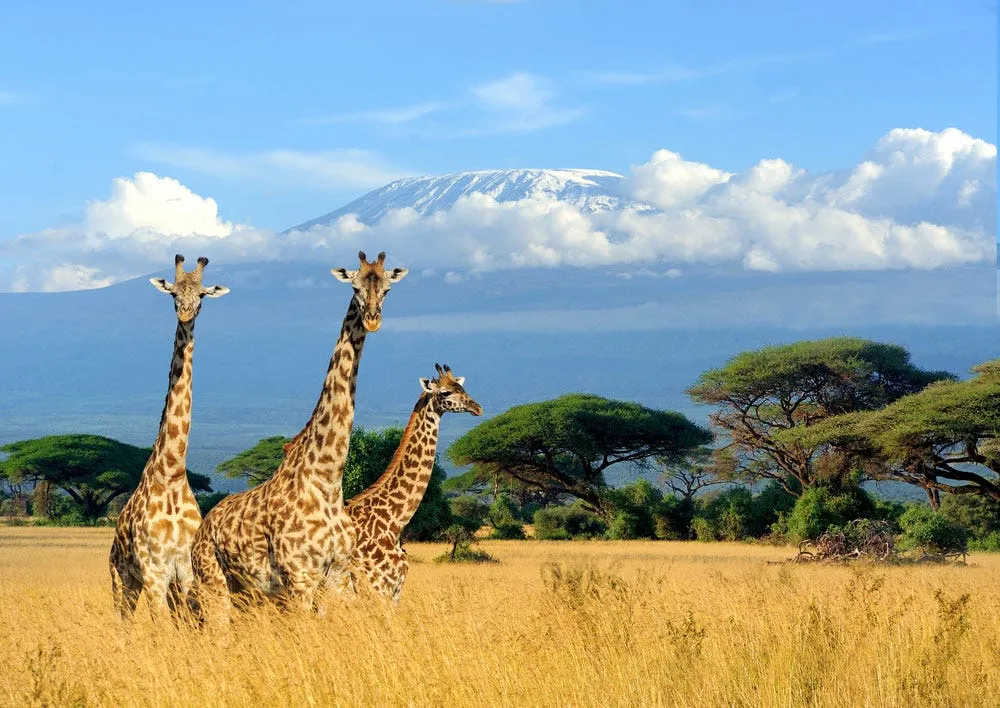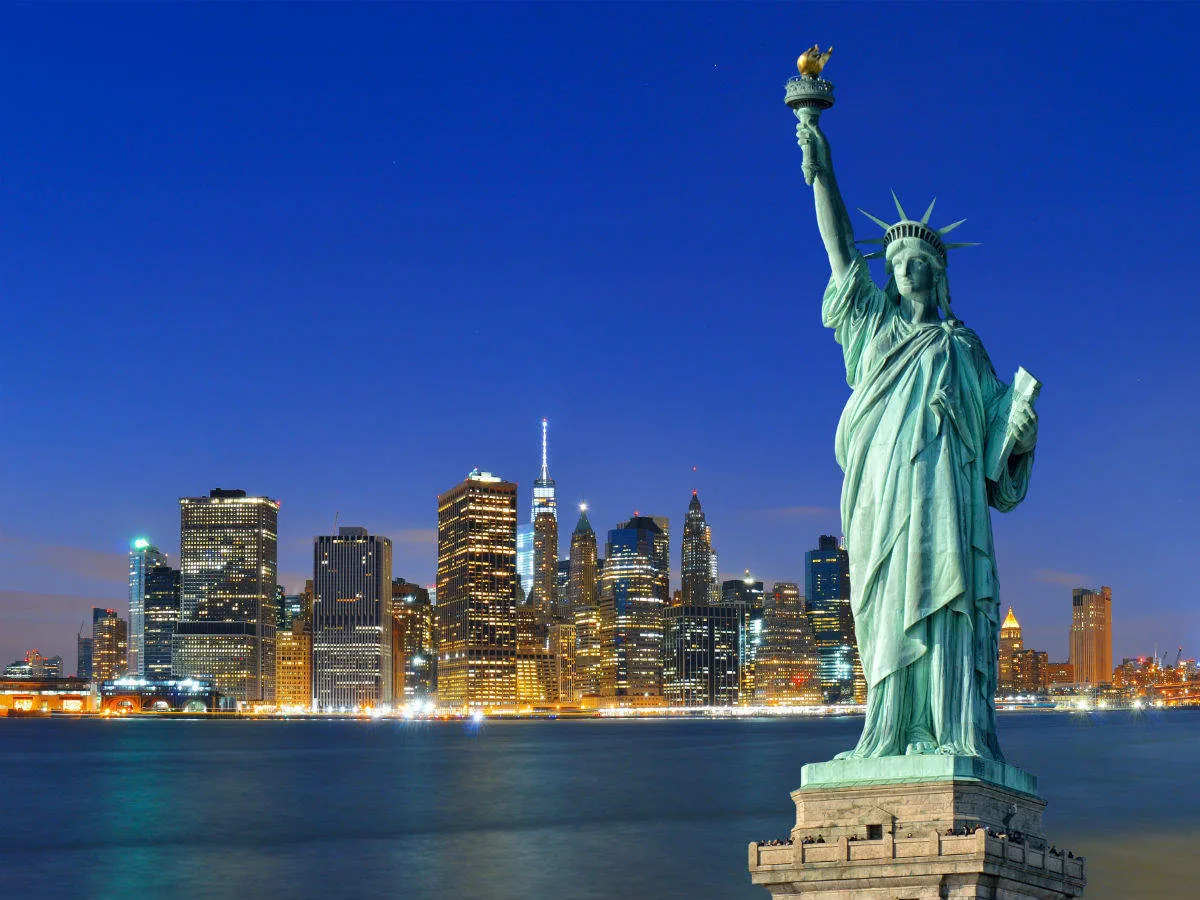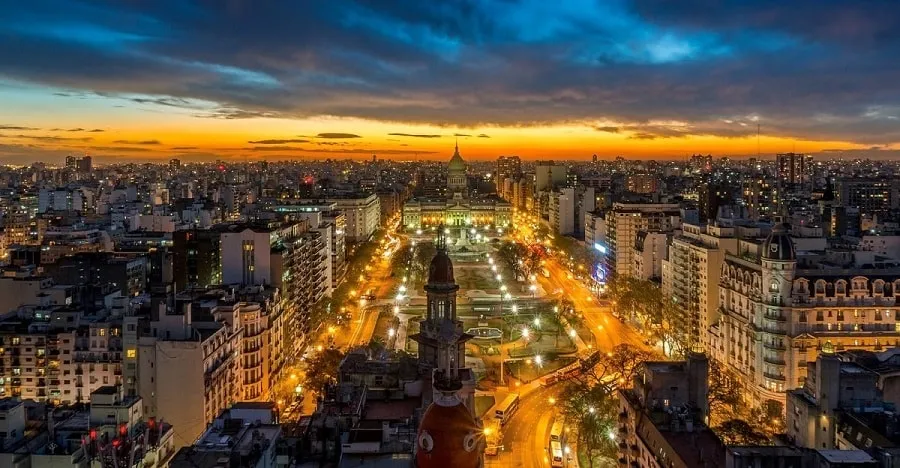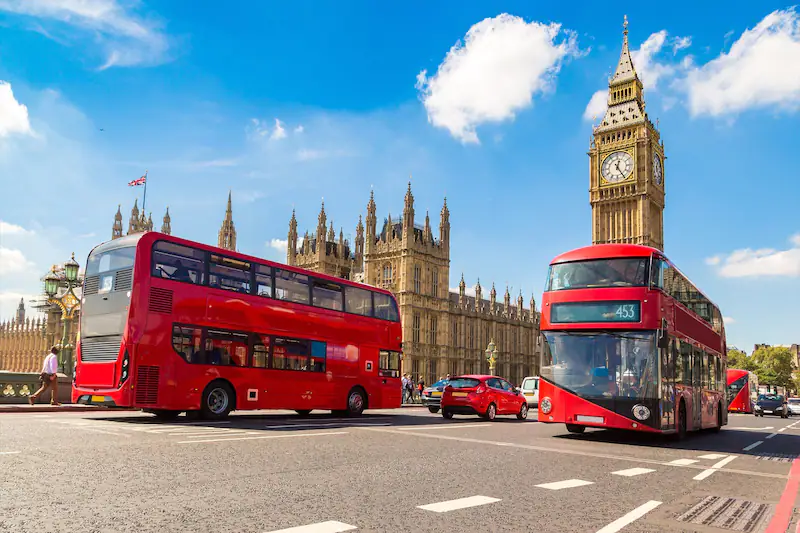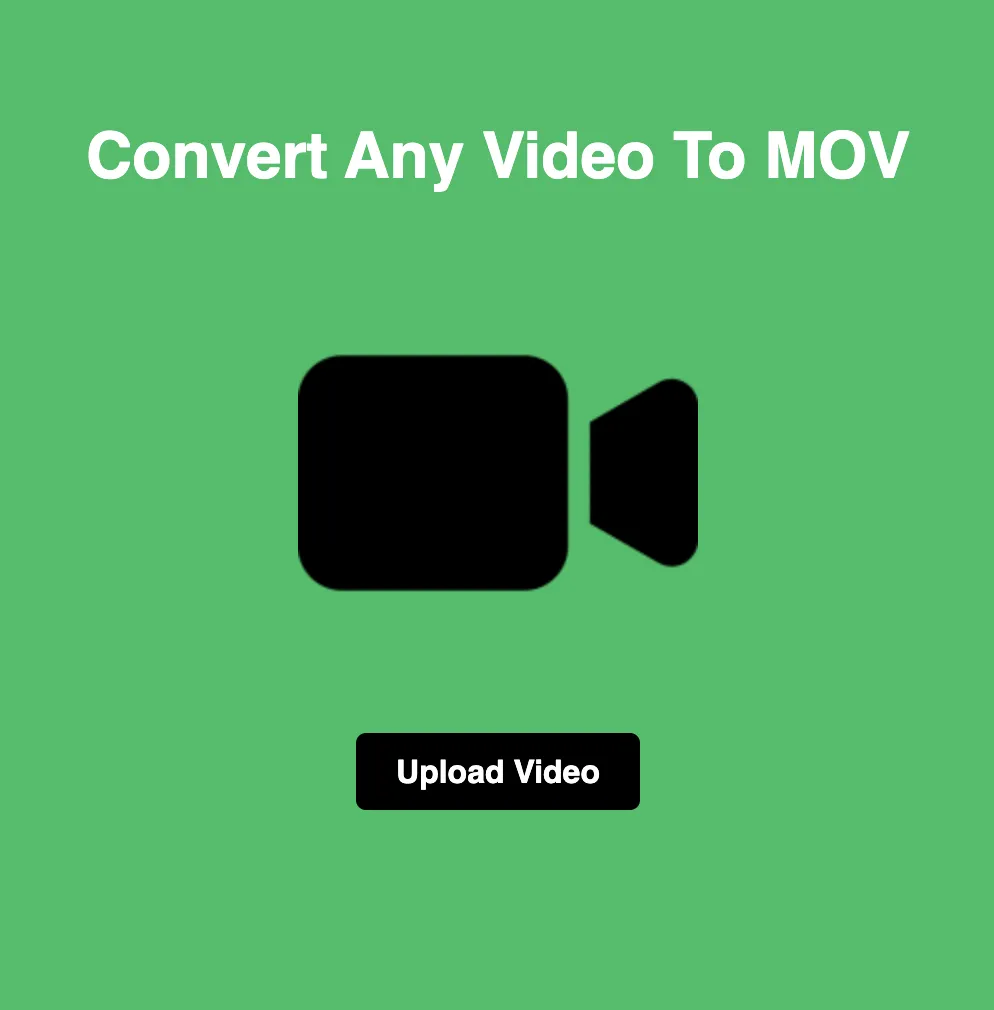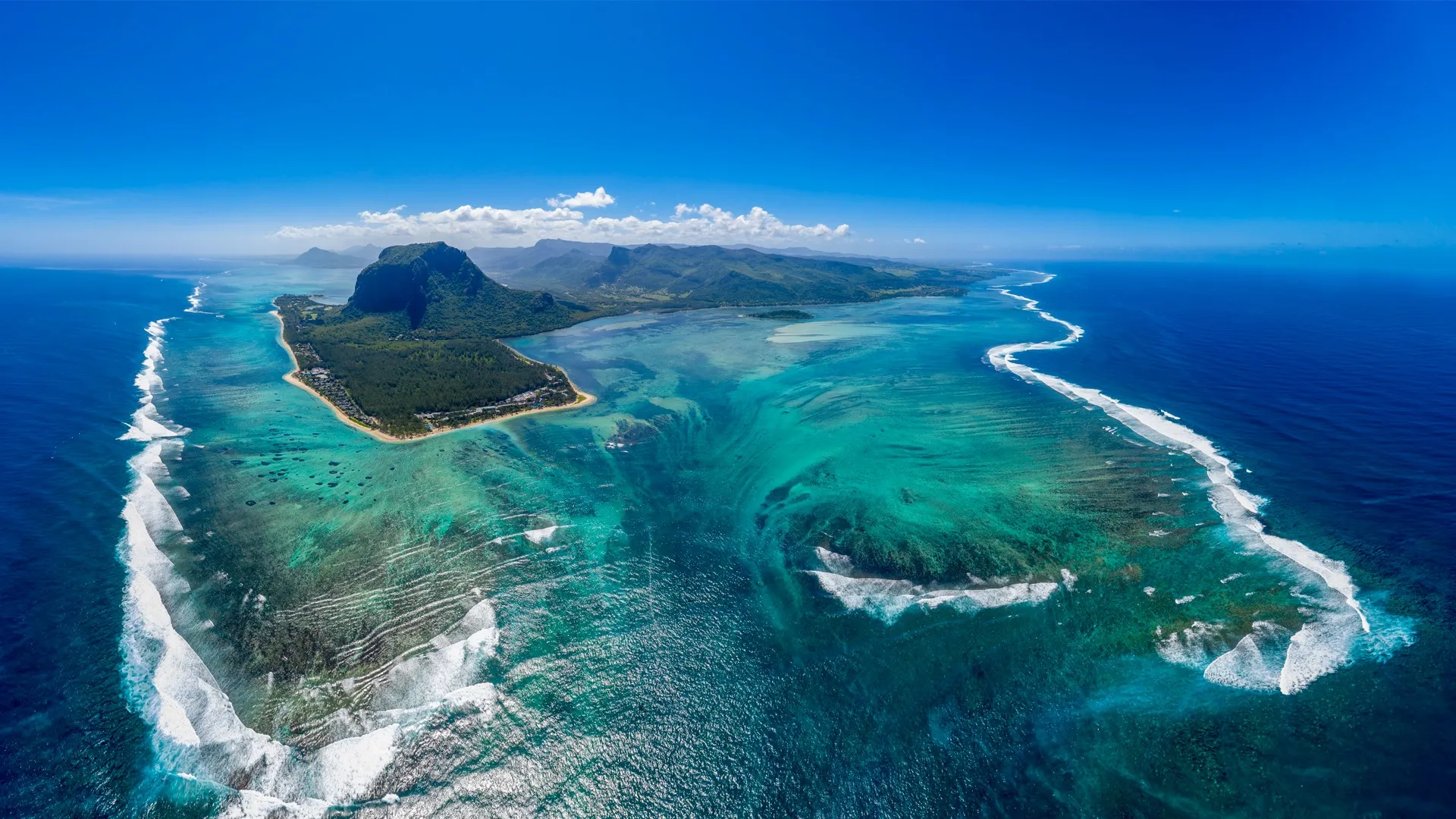
JPG vs GIF: Use Cases and Distinctions
When it comes to images on the web, the choice between JPG and GIF can significantly impact the quality and performance of your content. In this blog post, we'll dive into the differences between these two popular image formats and explore their respective use cases to help you make informed decisions for your projects.
Introduction:
Images play a crucial role in web design and digital content creation, but not all image formats are created equal. Two common formats, JPG and GIF, offer distinct features and benefits depending on the context in which they're used. Let's take a closer look at each format and how they stack up against each other.
Understanding JPG:
JPG, short for Joint Photographic Experts Group, is a widely used image format known for its ability to compress high-quality images into smaller file sizes. It's ideal for photographs and complex images with many colors and gradients. The compression algorithm used in JPG allows for significant reduction in file size without noticeable loss in image quality.
Exploring GIF:
GIF, or Graphics Interchange Format, is another popular image format commonly used for simple animations, graphics with transparency, and images with flat colors. Unlike JPG, GIF uses lossless compression, meaning it retains all image data without sacrificing quality. However, this can result in larger file sizes compared to JPG.
Use Cases:
Photography and Realistic Images:
JPG is the preferred choice for photographs and images with complex color schemes. Its lossy compression allows for significant file size reduction without compromising image quality, making it suitable for websites, social media, and digital publications.
Simple Graphics and Animations:
GIF is well-suited for simple graphics, logos, icons, and animations with limited colors and transparency. Its support for animation makes it popular for short loops and memes on social media platforms.
Differences:
Color Depth:
JPG supports millions of colors (24-bit color depth), making it suitable for realistic images. In contrast, GIF is limited to 256 colors (8-bit color depth), which can result in color banding and loss of detail in complex images.
Compression:
JPG uses lossy compression, which sacrifices some image data to achieve smaller file sizes. GIF, on the other hand, uses lossless compression, preserving all image data but resulting in larger file sizes.
Animation Support:
While JPG is a static image format, GIF supports animation through frame-based sequencing. This makes GIF ideal for creating simple animations and dynamic content.
Conclusion:
In conclusion, the choice between JPG and GIF depends on the specific requirements of your project. If you need high-quality photographs with efficient compression, JPG is the way to go. On the other hand, if you're looking to create simple animations or graphics with transparency, GIF is the better option. By understanding the strengths and limitations of each format, you can optimize your images for the best possible performance and visual appeal.
By leveraging the strengths of each format and understanding their respective limitations, you can optimize your images for the best possible performance and visual appeal. Whether you're showcasing photography, creating animations, or designing graphics, choosing the right format is essential for delivering an engaging and immersive user experience on the web.

